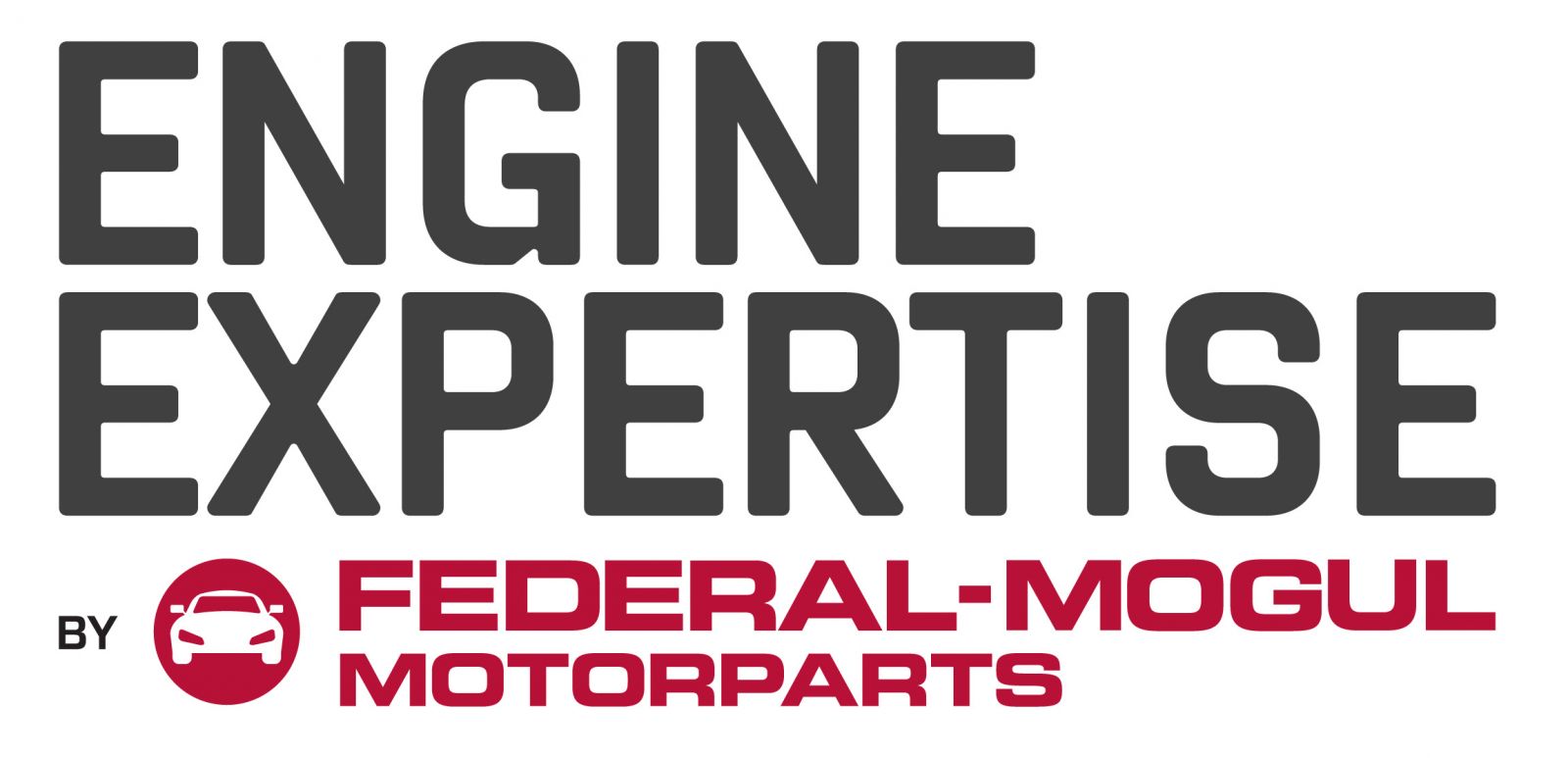Bottom End

Bearing ClearGLYCO explains the vital role of bearing clearances in modern engines. As engine builders continue to extract more power from less fuel, modern engines are subjected to greater temperatures and loads. With bearings taking the strain, bearing clearances are microscopic spaces with huge impact.
BEING CLEAR ABOUT CLEARANCES
A bearing clearance is the difference between the external diameter of the crankshaft and internal diameter of the installed bearing. Bearing clearances can be less than the thickness of human hair and it depends on:
The materials of the crankshaft, bearing and housing have different thermal expansion coefficients that significantly influence the bearing clearance at different temperatures. The pressfit of a bearing also has an effect that usually leads to a minor widening of the housing bore.
NARROW MEASURES Bearing clearance tolerance is calculated by adding the tolerances of the individual parts together. For example, typical engine will have a tolerance of 19μm for the case boring, 19μm for the crankshaft diameter and 10μm for the bearing wall thickness. 20μm clearance for the connecting rod bearing and 25μm for the main bearing also have to be allowed for. The result is clearances from 20-78μm for the connecting rod bearing and 25-83μm for the main bearing. SMALL SPACE FOR HUGE IMPACT If bearing clearance is minimal, there will be good conformability between the bearing and the crankshaft journal. This will be due to material in some parts of the bearing being worn by a few microns (μms). The result is less local stress to the sliding layer, better absorption of shock loads, and less overall wear. Less bearing clearance also helps to reduce engine noise. However, it also reduces the flow of oil through the lubrication gap. Bearing cooling is less efficient as a result. Whilst cooling can be improved with larger clearances, this can significantly shorten the lifetime of the bearings. Larger clearances reduces oil pressure, so a high volume oil pump may be needed. A rule of thumb is a minimum oil pressure of 10lbs per 1,000rpm. OIL TEMPERATURE & CLEARANCE Oil temperature can affect the expansion and contraction of the bearing case and shaft material. This increases or reduces the bearing clearance. If the case and shaft are made from the same material, expansion and contraction will take place at the same rate. If made from different materials (e.g. aluminium case and steel shaft), the change in oil temperature will affect each component differently. Aluminium expands faster than steel as temperature rises. As a result, the clearance will increase and the pressfit will decrease. Conversely, if oil temperature drops dramatically, the clearance can reduce to zero, making it impossible to start the engine. This can be overcome by increasing the crush height. CLEAN & CLEAR It is essential to maintain impeccable cleanliness when building and assembling an engine as the smallest speck of dirt can affect the clearance. By maintaining a spotless assembly, the bearing and engine can perform to specification, offering greater fuel efficiency, lower emissions and longer bearing lifespan.
|
Related Articles Related Downloads |
